Confucianism
Despite claims of a falling population, I saw children everywhere: well behaved playful happy looking children in the main supervised by obviously caring families. Children of Chinese families, whether rich or poor, tend to do well in education systems all around the world. This much commented upon Chinese effect is often attributed to the Confucian focus on education as a path to self-improvement. Confucius set great store by education which, for him, partly meant memorising the classic texts of ancient China. Meritocratic exams for entry into government service were first introduced in the Sui dynasty about 600 CE.
Taoism
In verse 48 we read:
“In pursuit of knowledge,
every day something is added.
In the practice of the Tao,
every day something is dropped”.
[為學日益, 為道日損]
Similarly the Confucian focus on becoming benevolent (ren, 仁) and righteous (yi, 義) is laughed at in the Tao te Ching. In verse 19 we read:
“End benevolence; abandon righteousness.
The people return to piety and charity.”
[絕仁棄義, 民復孝慈]
However, Taoism can be interpreted as not so much opposing Confucianism as deepening it. It is not against the reality of knowledge and goodness but against attachment to ideas of knowledge and goodness. Seeking more knowledge and trying to be better implies a self-centred slightly grasping attitude. The real knower is not the academic who thinks that they know but the person who acts appropriately in the moment. The really good person does what is needed for collective flourishing without thinking ‘I am doing this, I am a good person’.
The apparently harmonious co-existence of respect for Confucianism and for Taoism in China is itself testimony to the success of an essentially Taoist relational way of thinking often associated with the Yin-Yang symbol. There are no hard and fast distinctions: the extremes secretly depend upon each other – there is no black without white, no good without evil.
The Tao that can be spoken is not the eternal Tao,
The name that can be named is not the eternal name.
道可道 非常道
名可名 非常名
Chinese Buddhism
The Heart Sutra stresses the educational value of emptiness in much the same way as the Tao te Ching. The ideal of Taoism, 'wu wei', [无为] is action through non action, action that somehow accomplishes everything yet involves no effort. In the Heart Sutra the ideal is freedom from fear, suffering and death that comes from realising that everything is empty.
I find it useful to compare this more original Chinese enlightenment tradition to the relatively more recent European enlightenment tradition. Both are about increasing awareness. In the European tradition, education and science drive an expansion of knowledge and reason that increasingly enables ‘us’ to explain, predict and control the world. This enlightenment project of expanding power through applied knowledge has proved amazingly successful since its origins in 18th Century France. But the initial division assumed between ‘us’ and the world, ‘self’ vs ‘other’ or ‘subjectivity’ vs ‘objectivity’, becomes increasingly problematic as this project progresses. It sometimes feels as if this project ends with people apparently having more knowledge, wealth and power, yet, at the same time, paradoxically, often feeling more lost and more alone.
The Chinese enlightenment tradition spelt out in the Heart Sutra is also very much about an expansion of the reach of consciousness, but it begins by questioning any distinction between self and world. Meditating on the body images, the places where the body touches the world, the eyes, the nose, the breath, one finds that the body is not what it seems, not so much a thing in the world as a meaning, like other meanings, produced by a patterning of the void. Where we really live is not then in the external world but in the ‘void’ that precedes the world. The idea of void here is not really ‘empty’ of course, it is also full, it is more the idea of a potentiality for meaning: it can perhaps be thought of as like the blank paper that waits to be patterned into meanings by the swish of a calligraphy brush. Realising that all apparent reality is built from distinctions that pattern underlying – and encompassing – emptiness, means expanding awareness – expanding what the word ‘self’ or the word ‘us’ refers to – in order to embrace all others, all sentient beings and indeed, all that is or could be. If everything is a patterning of the void then whomsoever becomes one with the void becomes one with everything.
Simplifying greatly one might say that whereas the European enlightenment project aimed mainly at an external embrace of the universe, observing and controlling, the original Chinese enlightenment project aimed more at an internal embrace by the universe, becoming one with the universe through stepping back before the division of self and other. The mystery of the Tao that cannot be named lies before the first cut that gives birth to the infinite number of apparently separate things as these lines in the first verse of the Tao te Ching elegantly expresses :
The nameless is the origin of Heaven and Earth
The named is the mother of myriad things
[無名天地之始, 有名萬物之母]
A similar ontology is articulated in the Heart Sutra:
this Body itself is Emptiness and Emptiness itself is this Body.
This Body is not other than Emptiness and Emptiness is not other than this Body
Chinese Marxism
In the grounds of the Confucius temple in Beijing I encountered an ancient college that had once prepared students for the government entry exams. I was struck that the long traditions of formal education in China had not been built upon but abandoned and replaced by a Western model. The impressive modern universities that I visited, Peking University, Tsinghua and Beijing Normal University, had all been founded around the beginning of the last century to follow a European curriculum with more focus on science and technology than on Chinese classics. This sudden change in educational system was perhaps a response to the shock of being defeated by western powers, who, in different military expeditions, plundered the capital city. Thousands of years of Chinese culture: the great humanism and ethical focus of Confucius, the wisdom of Taoism and the enlightenment project of Chinese Buddhism failed to protect China from invasion.
President Xi has advocated more teaching of Confucius but not at the expense of teaching Marxism. He advocates a new kind of Marxism that is in keeping with Chinese traditions. Confucianism and Taoism came out of periods of chaos in Chinese history and seem to be designed to support stability and harmony rather than change. Marxism, by contrast, is very much a European enlightenment project advocating progress through the expansion of knowledge and reason. But unlike some other versions of the European enlightenment project, Marxism is not individualistic.
For Marx, and for Vygotsky who applied Marxism to education, intelligence is always already understood as something collective. It originates in social interaction where groups work together to get things done and is then internalised to take the apparent form of individual intelligence. The teacher’s role in education is to induct children, individualistic little animals at first, into the collective thinking of their culture helping them internalise the ‘cognitive tools’ of the language so that they can become more fully self-conscious only at the price, as it were, of becoming more fully collective. Having internalised the culture individuals externalise it again, working together with others in conscious association to create a better future.
In the light of its support for violent revolution Marxism is often seen as interventionist in a way that seems to go against the Tao. However, Marx, a great fan of Darwin, was clear that he sought a scientific view of history in continuity with nature. In Marxism as in Taoism, internality and externality, the self and the world, subjectivity and objectivity, are seen as two aspects of one dynamic evolving whole. The human role, Marx argued, is to discern the big patterns of history and facilitate them, using force when needed in order to serve, in Marx’s phrase, as kind of ‘midwife’ to the birth of the new. Although it will be seen as an odd interpretation it could perhaps be argued that discerning what nature wants and doing this is quite Taoist even when the patterns discerned are large-scale and social rather than local and physical. After all the word Tao, 道, does not mean being empty, that is the word ‘wu’ ,无, or ‘kong’, 空: tao means ‘the way’, more specifically ‘the way ahead’.
The future
The education students I taught in BNU’s new Zhuhai campus were prospective teachers. They were engaged, enthusiastic and thoughtful. For example, they challenged my claims that Confucius was a dialogic teacher pointing out that he was always in charge and did not himself ever show signs of learning from his students. I am not sure if dialogic teachers really always need to learn from their students, but they certainly ought to be open to this possibility and modelling that from time to time is not a bad idea. So I learnt from the students and we concluded that Confucius was in some ways dialogic and in some ways not. It seemed to me that these teachers were hungry to rethink education in the new context within which they find themselves. How to work with new technology and teach the kind of skills that the future needs were issues high on their agenda. The same seems to be true of China as a whole. In discussing and developing new models of education, education appropriate to China with its unique history and modern challenges, it is good that they can draw upon the profound philosophical resources provided by Chinese traditions of thought. I am delighted to be asked to participate in this adventure. Wouldn’t it be wonderful if China can find a way to unite the different ‘enlightenment projects’ that have so motivated humanity: enlightenment as power-giving knowledge about nature and enlightenment as becoming one with nature?
Possibly useful links:
https://taoism.net/tao-te-ching-online-translation/
https://plumvillage.org/about/thich-nhat-hanh/letters/thich-nhat-hanh-new-heart-sutra-translation
Li, L., & Wegerif, R. (2014). What does it mean to teach thinking in China? Challenging and developing notions of ‘Confucian education’. Thinking skills and creativity, 11, 22-32.

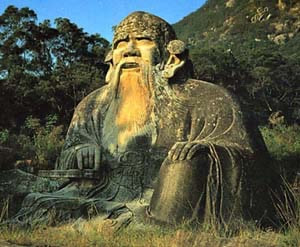
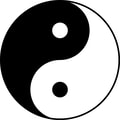
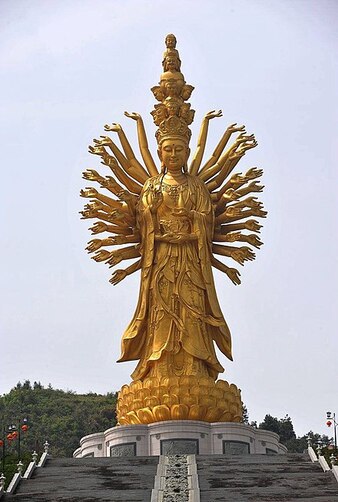
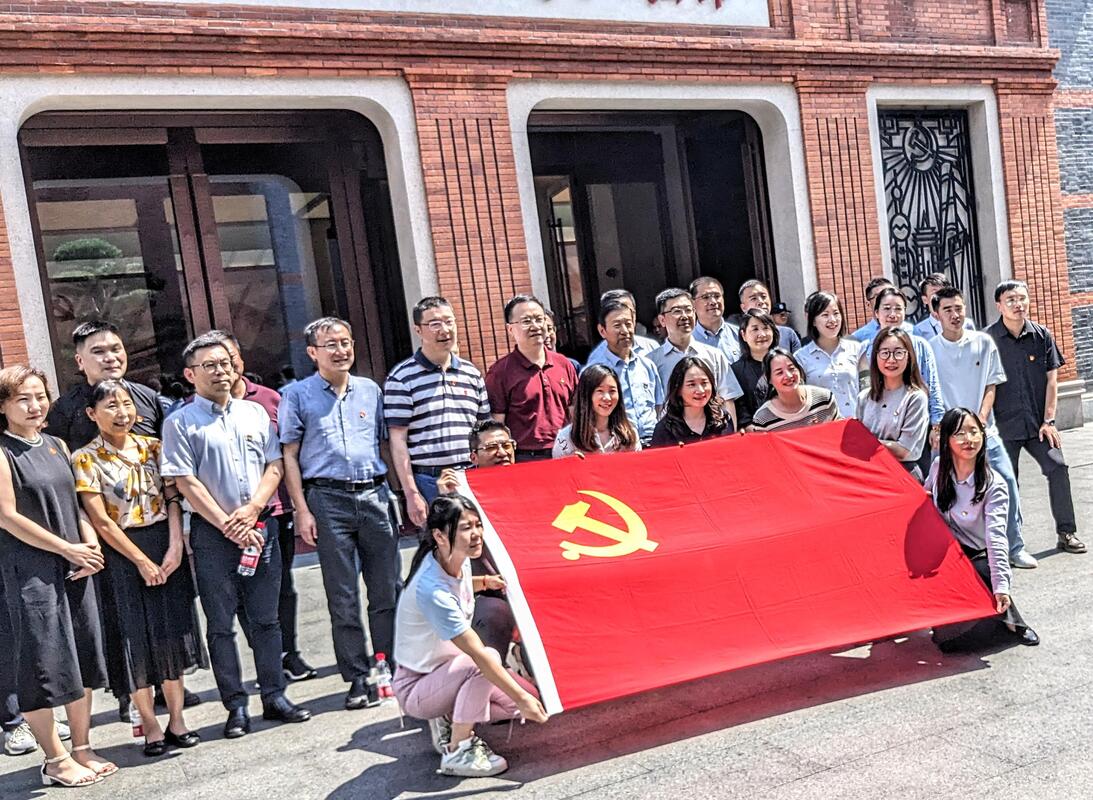
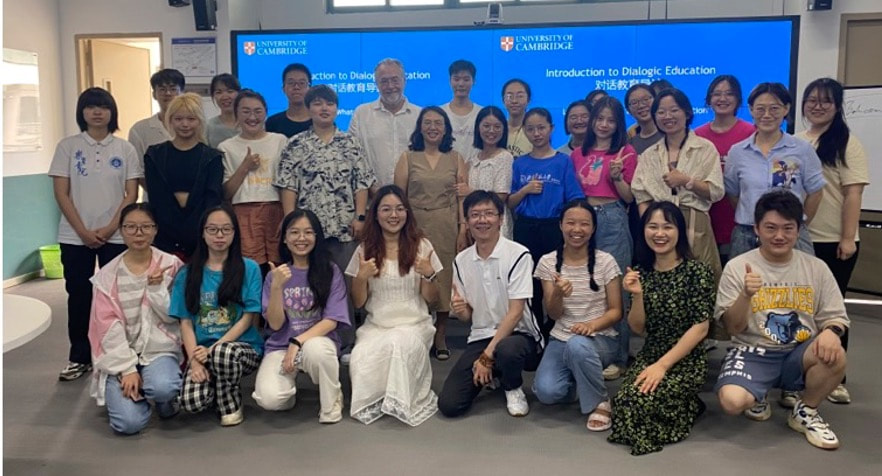
 RSS Feed
RSS Feed